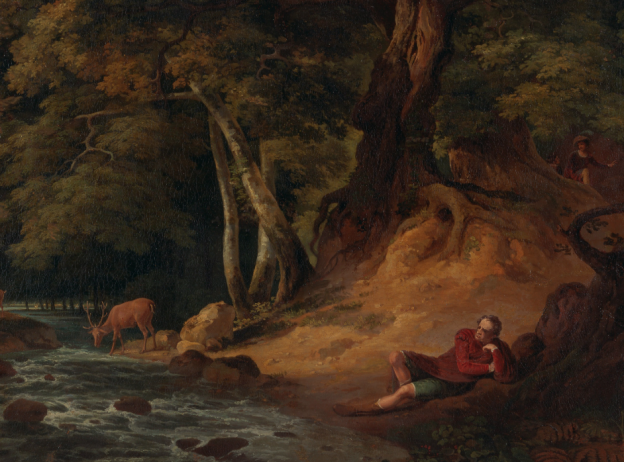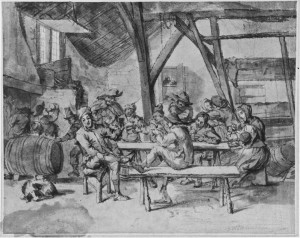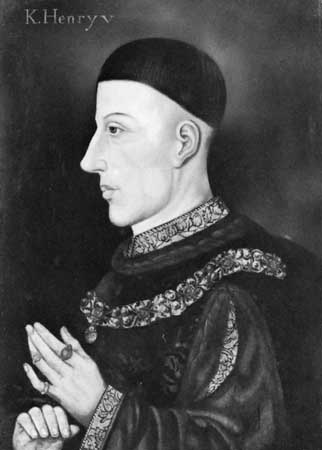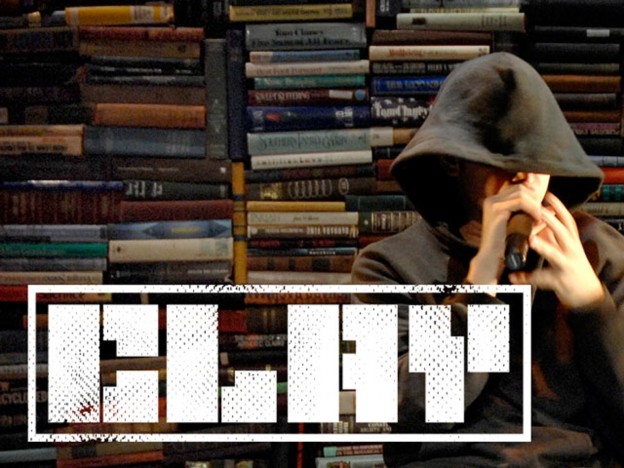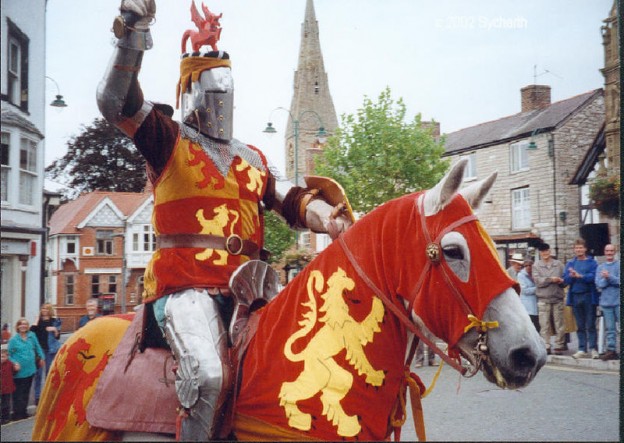‘ As You Like it Blog Post’
In ‘As You Like It’ Shakespeare compares Duke senior to the heroic outlaw of British folklore: Robin Hood. On the surface this comparison was obvious; they both live in the forest and they both have a loyal group of followers.
“They say he is already in the Forest of Arden and a many merry men with him, and there they live like the Old Robin Hood.” (1.1.100) Continue reading

